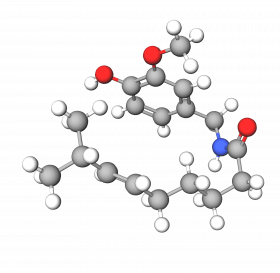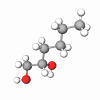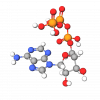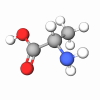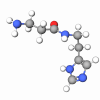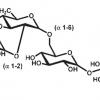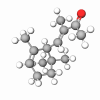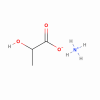At the National Institutes of Health (NIH), scientists have been studying capsaicin, the substance in Capsicum peppers that gives the pungent flavor chili lovers esteem. Recent findings could result in better therapeutic uses for compounds like capsaicin, collectively called capsaicinoids.
Capsaicin affects physiological pathways involved in the perception of temperature and pain. Initially, capsaicinoids irritate skin and mucous membranes, but when applied repeatedly, they desensitize the affected area without blocking the touch sensation. These effects of capsaicin cause the release of substance P (Pain) from nerve cells, which initially result in irritation and pain.
However, once substance P is released, capsaicin blocks its reuptake. Thus, substance P is metabolized by natural physiological pathways in the body instead of being recycled for further use. The net result is that capsaicin depletes substance P, thereby blocking the pain sensation.
Capsaicin-containing formulas have shown impressive results when applied to the skin in the cases of psoriasis, rheumatoid arthritis, and post-herpes pain. Recently, capsaicin has been found to be an effective antibacterial.Capsaicin has been employed in the past as a tonic, antiseptic, rubefacient, vasodilatory, counterirritant, and stimulant. An ointment prepared with this ingredient has been used topically for skin infections.
